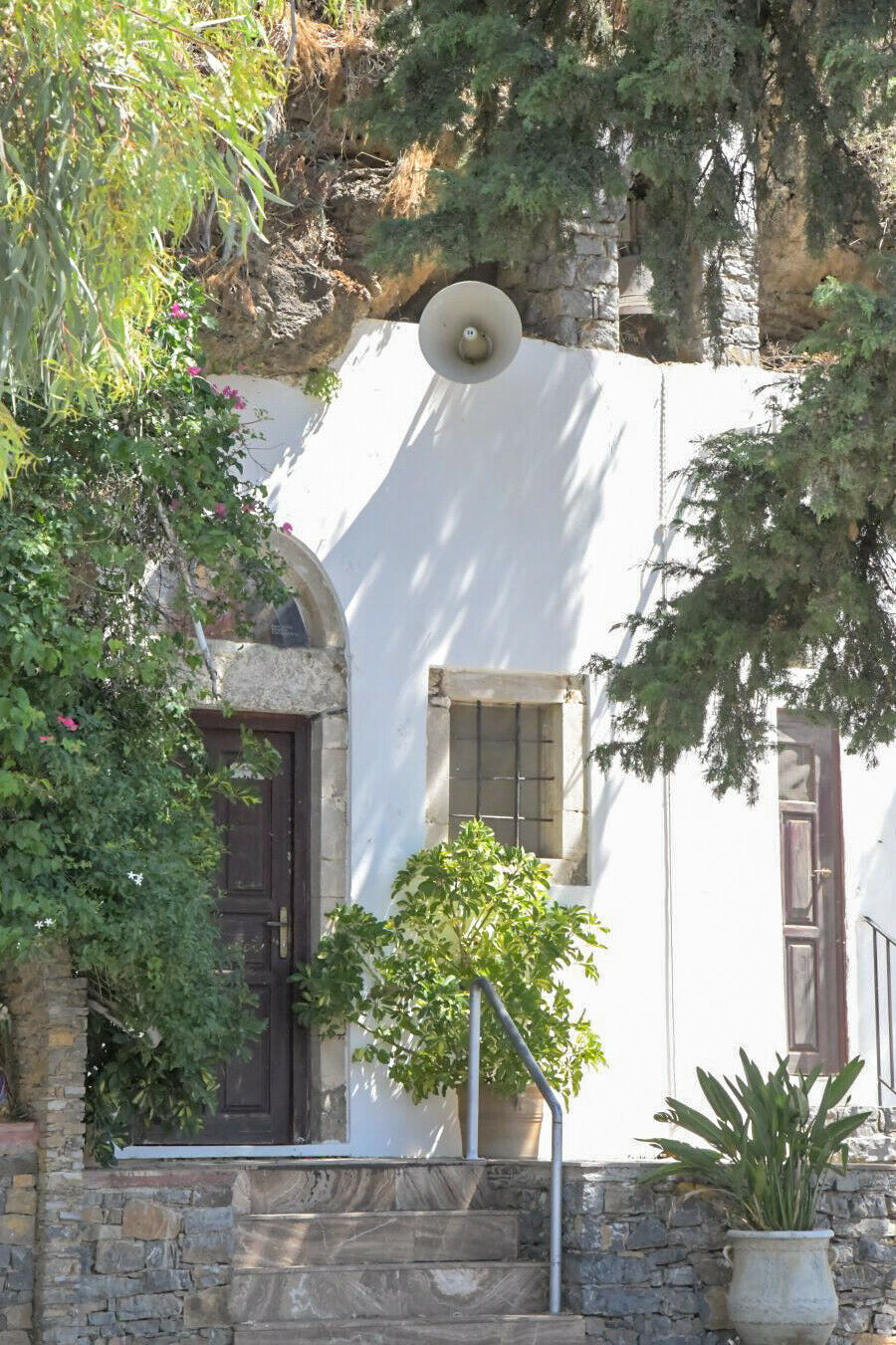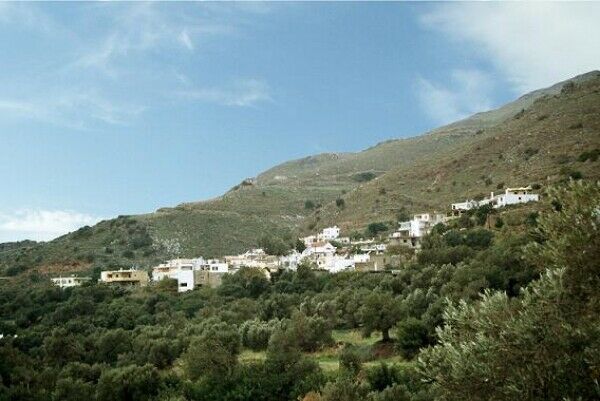"Embark on a journey of discovery.Τradition meets tranquility, offering a glimpse into Cretan history."
The Municipal Department of Mariou encompasses the settlements of Mariou and Palaia Taverna, with a population of 289 according to the 2001 census and an elevation of 220m.
According to tradition, the village derived its name from a shepherdess named Maria, who once lived in the area. Maria, originally from Sfakia, had many brothers who were shepherds. They would often say, 'Let's go see Maria,' and over time, the place where the shepherdess lived became known as Mariou.
The exact time of the village's establishment is unknown. Its residents originate from Sfakia and the old settlement of Kapari. Outside the village, about 500m away, is the location called Maches, possibly named after the many battles that took place there. Another known site is Sarakina, named after a woman named Sarakina who met a tragic fate.
1,500m from the village, the church of Timios Stavros (Holy Cross) is preserved, which was a dependency of Preveli Monastery, representing the only trace of the new village. As was customary, Cretans offered their properties to monasteries to protect them from Turkish raids.
Other churches in the village include Agios Vlasios, built in 1912 by the monk Ioanikios, and the church of Panagia, whose construction date remains unknown. In the area of Kalyvati, 1.5 km from the village, there is an unexplored cave where, during the Ottoman rule, locals hid their belongings, including the precious iconostasis of the church of Agia Triada.
At the entrance of the village stands the church of Panagia Hypapante, built during the Ottoman era. The residents constructed it, taking advantage of a decree granting them twenty-four hours of uninterrupted power for church construction.


